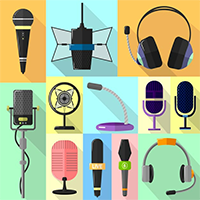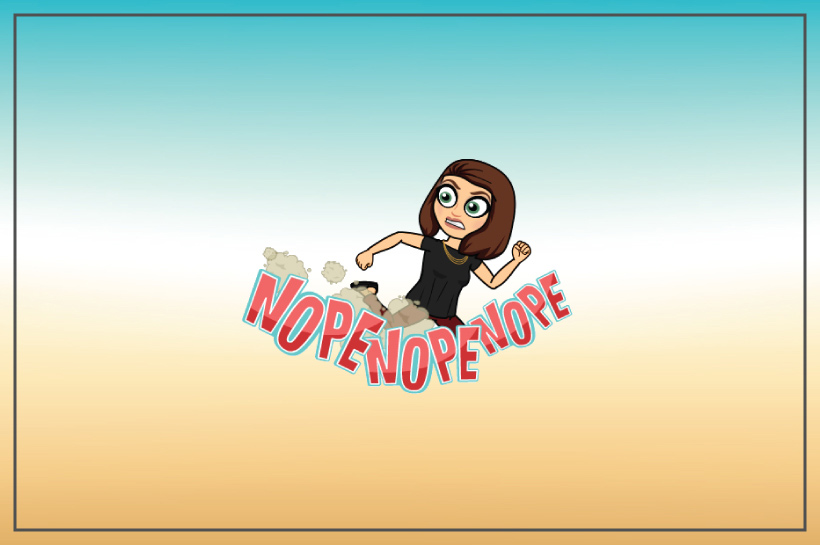Here are 4 steps to writing sales pages and making it easier on you to create sales and program pages that are authentic.
I really blame sucky sales pages on the internet for a lot of things. Customer dissatisfaction, lack of registrations, over saturating the market, and excessive yelling at computer screens. Maybe that last one is just me…
BUT, even if you partially or entirely outsource your sales page writing (more on that later) you still have to participate in writing them if you want your work to be accurately represented and in YOUR voice.
AND, if you want to use the Internet as a source of sales for your business, regardless of your industry, you need pages on your website where people can buy your stuff, or register for your course or program, or schedule an appointment.
The solution? Here are four steps to making it easier on you to create sales and program pages that are authentic (and won’t make me yell at the computer-you wouldn’t want that, would you?). This process will also help you create new programs and products as well, because time is gold, doing things twice is lame, and you want to be reading a good book with a glass of wine very soon, yes?
Step 1: Design Your Course or Program
Key Question: What are you going to offer and how?
Choose the topic for your program, product, or workshop and outline what it will include. Oftentimes this is something you already have done but you’re not sure how to get it out into the world. You will also need to choose the “vehicle” you’re going to use-whether that’s a live workshop, teleclass, webinar, online course, etc. Choose what content you will include, the number of sessions, your price points, etc. If you’re not sure what the best direction is for you or what the right vehicle for you would be, that’s something I can help you with one on one.
Step 2: Create Your Program Promises
Key Question: What will people get from you?
In bullet points, determine what your audience can count on you to deliver. What will they learn? What materials will they get? What’s the format? What are the benefits?
Step 3: Real World Application
Key Question: How will participants apply what they learned out in the world?
If you’re providing knowledge and techniques, what can people do with that out in the real world? Write out examples (If you’ve worked with people before around the topic you’re offering) and all the ways you can think of that people can use what you’ll be giving them.
Step 4: Paint a Picture of Results
Key Question: If participants take what you’re giving them and they used it fully, how would their lives change?
Imagine participants taking what they learned and applying it fully. Write down either in a narrative or in bullet points all the results they could create, achieve, and generate. This is why we do what we do-for people to have amazing results!
This is not the end of the process.
You have two options at this point now that you’ve got this all written out.
- You write the page yourself
- You outsource the writing
If you write the page yourself, then you do this: You REVERSE steps 1-4 for your sales page, like this:
- 4. Begin with painting a picture of the results people get
- 3. Tell them this is how it gets used in the real world
- 2. Outline what the promises are
- 1. Share with them the points of the course/program/product itself.
BONUS WRITING TIP: Remember to write your page as though you were talking to one person rather than an audience of people. Imagine a particular client or friend in mind who you know is your ideal audience for this program or product as you write.
Give this process a try and let us know how it went. Did you add any other steps?
Ready to get your next product, program, or service ready to launch and want some expert guidance? Schedule a Discovery Call and we'll explore the best options to meet your goals.

Create a Professional and Profitable Audiobook!
The Insiders Guide to Audiobook Production gives you the inside track to create a high-quality and effective audiobook and reach a much larger new audience.
Thank you!
Please check your inbox for your email.
If you don't see anything in a few minutes, please check your spam folder.

